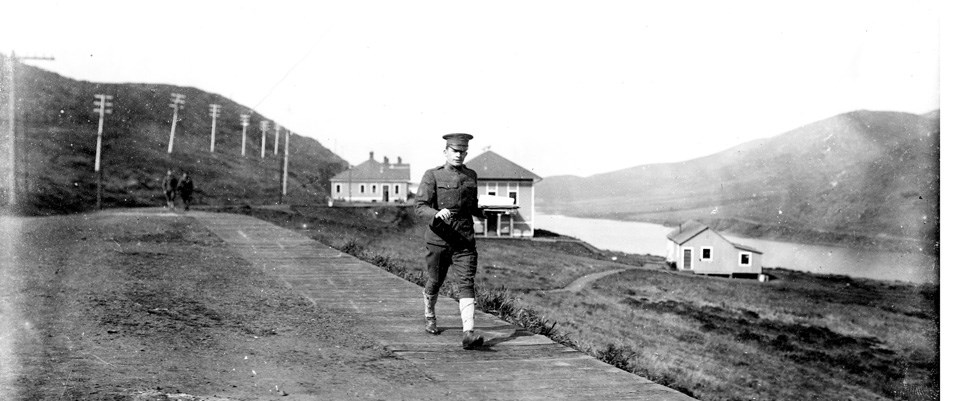
PARC, NPS An Endicott-Period Army Post Fort Barry, constructed in 1908 in the Marin Headlands, is one of the park’s best examples of an “Endicott Period” army post. The Endicott Period, named for Secretary of War William C. Endicott, refers to the era when the War Department expressed growing concerns about the dilapidated condition of the country’s seacoast fortifications. As a response, the army made sweeping recommendations in the 1890s to modernize and re-arm all the U.S. seacoast forts. In 1902, the army constructed new seacoast fortifications at Fort Baker, just inside the Golden Gate strait. By 1908, the army recognized the need for additional defenses, outside the Golden Gate strait, and constructed Fort Barry and its batteries for this purpose. 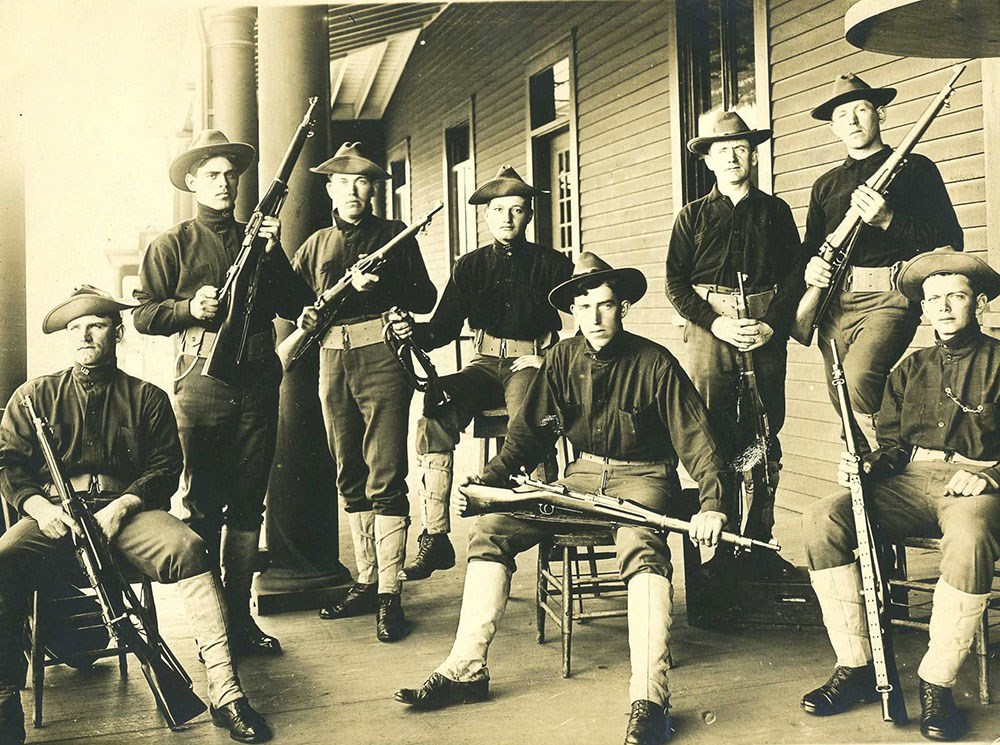
PARC, GGNRA Army Life Like most army posts, Fort Barry functioned as a small, self-sufficient town that supported the needs of the soldiers. The post contained the commander’s residence and headquarters, elegant officers’ residences and soldiers’ barracks; it also provided its own hospital, gymnasium, post exchange (for daily supplies), a guardhouse (which jailed the occasional disorderly soldier) and even its own bakery. A soldier’s life in Fort Barry was very isolated. The only method of travelling to neighboring Sausalito, where the soldiers could visit saloons or take the ferry to San Francisco, was via a long and treacherous coastal road. In 1918, after too many near-fatal road accidents, the army constructed the Baker-Barry tunnel, thus improving military communication and travel between the two posts. 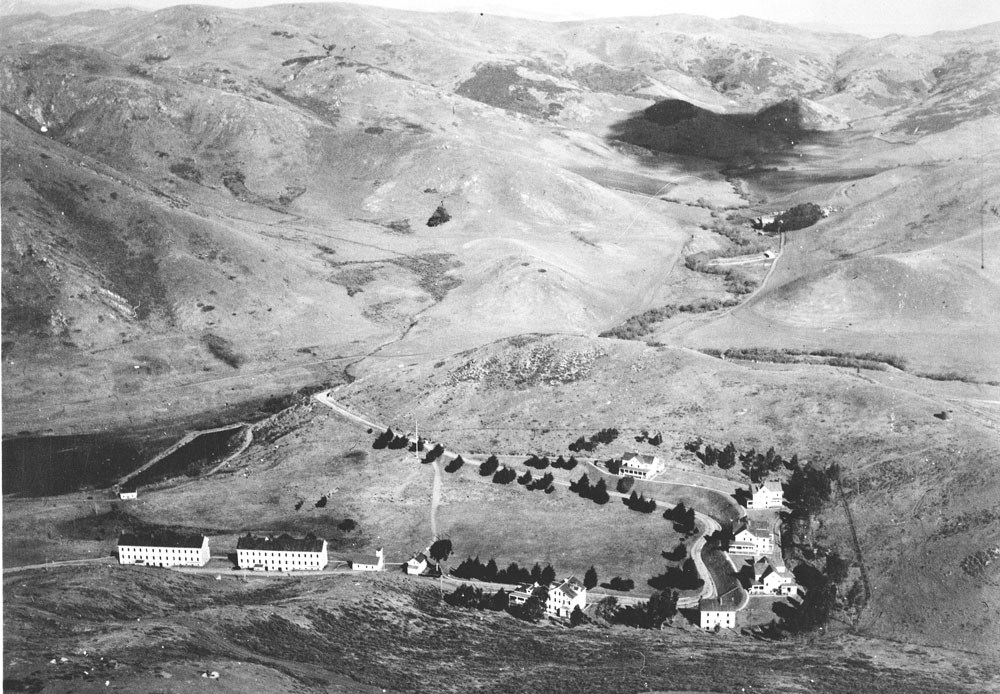
PARC, GGNRA The Batteries at Fort Barry By 1905, the army constructed five powerful batteries at Fort Barry that represented the new Endicott-period upgrades: Battery Mendell, Battery Alexander, Battery Smith-Guthrie, Battery Samuel Rathbone and Battery Patrick O’Rorke. Battery Mendell, the first constructed, was outfitted with the army’s modern innovation: a pair of 12-inch guns on a “disappearing carriage”. When the guns were ready to fire, they would pop-up into position, fire a single shot, and then recoil down and out of sight for reloading; hence the “disappearing carriage” designation. In their loading position, both the firing guns and the soldiers were hidden from enemy view behind the huge concrete parapet, camouflaged with vegetation. During World War II, Fort Barry was part of the Harbor Defenses of San Francisco, which was responsible for defending the area from enemy attack. Fort Barry’s batteries were upgraded and anti-aircraft guns were installed along the coastline. 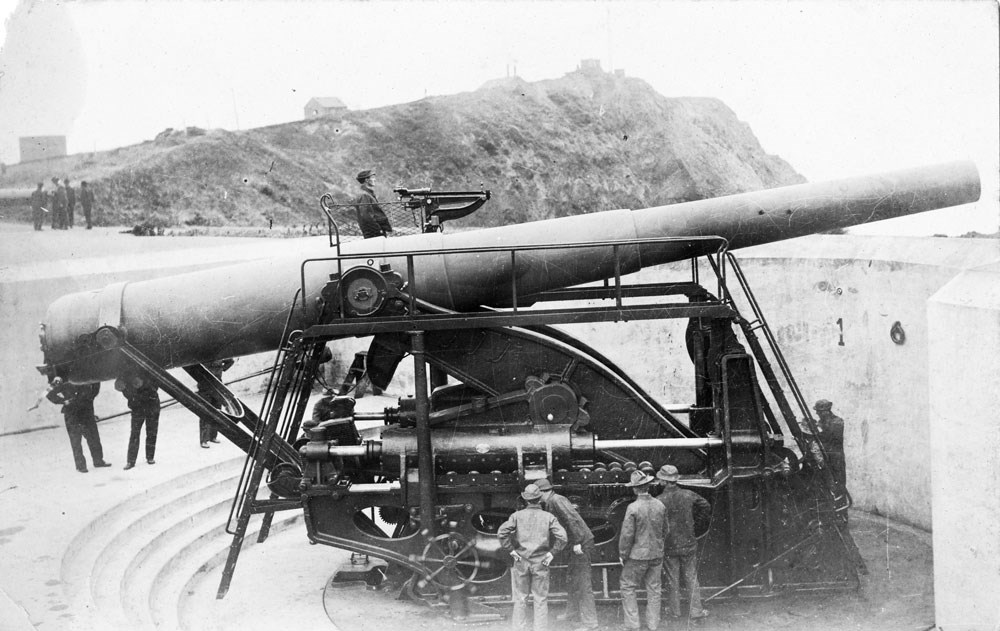
PARC, GGNRA 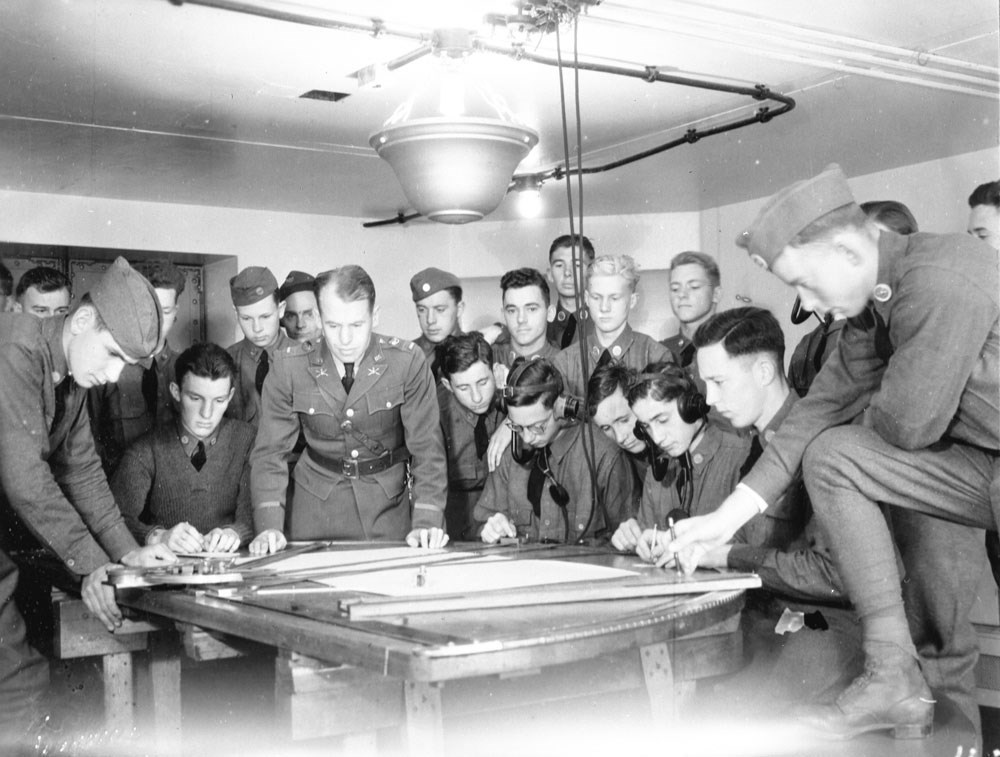
PARC, GGNRA 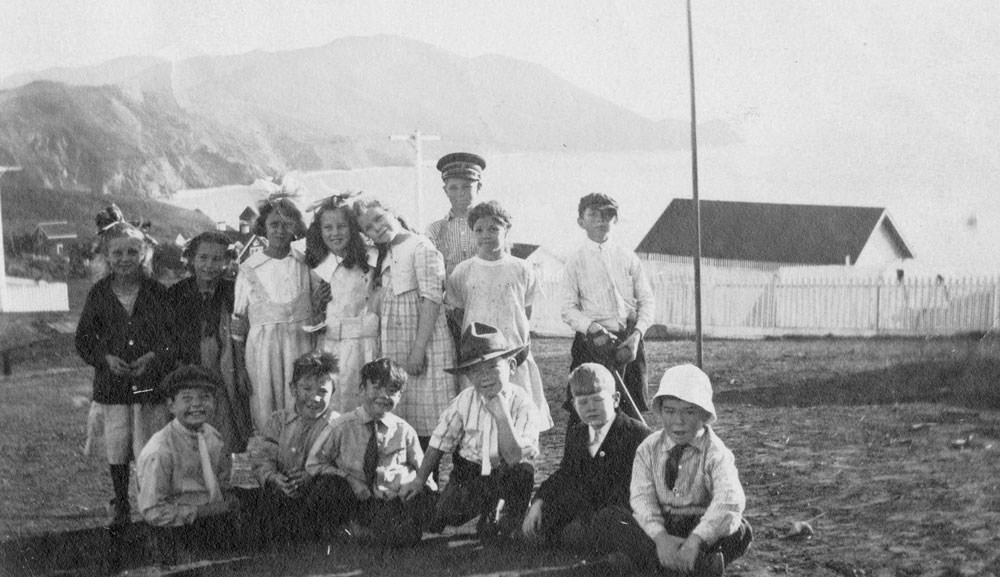
PARC, GGNRA Learn more about Fort Barry and the other Marin Headlands historic army posts To learn more about Fort Barry history, download the Fort Barry History Tour: An Army Post Standing Guard over the Marin Headlands (PDF file, 1.4 MB) Learn more about Fort Baker, another Endicott-period army base located in the Marin Headlands. Learn about Fort Cronkhite, the park's complete World War II army cantonment. Learn about the San Francisco Bay Seacoast Fortification and how three different countries have defended the Bay for over a span of 200 years. |
Last updated: September 27, 2021
